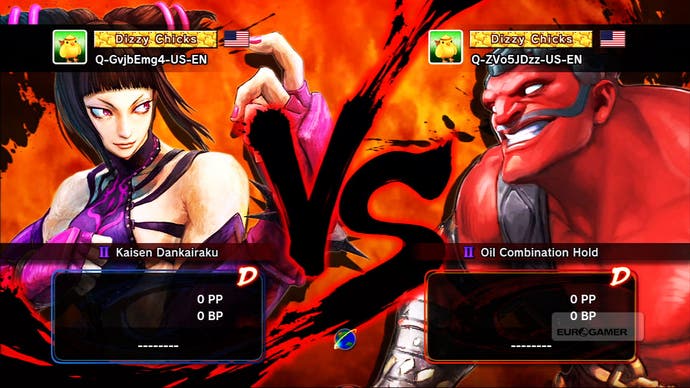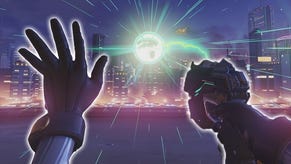Super Street Fighter IV
Ken out of 10.
The distinction between characters is outstanding, and the new fighters bed seamlessly with the existing roster. Moreover, for those who complained the first game favoured defensive play over risk-taking, each is primarily based around offensive play. All the characters are unlocked from the start, answering those critics who bemoaned slogging through arcade mode to unlock the character they wanted. Likewise, new costume colours and taunts are won simply by playing as a character in any mode, one per game.
However, most of the game's value to experienced players lies in the wholesale rebalancing of the existing cast. Many moves in the game have had their damage reduced (far more than have had it increased), particularly with regard to the Ultras, those spectacular finishing moves available to any character when they've taken a certain amount of damage from their opponent. Now it's entirely possible to eat two Ultras from a weaker character and still go on to win the match, something far less likely in the first game. The reduction in Ultra damage, combined with the more offensive new characters, encourages risk-taking where Street Fighter IV often punished it.
Aside from new characters and balancing, the area of the game to undergo the biggest overhaul is online. Three core battle modes are available. The first, Ranked, has you play one-on-one matches of one, three or five rounds. Here you earn two types of currency: Player Points, which increase with a win or decrease with a loss, and Battle Points, which can only increase and are tied to the particular character you've chosen. Each character in the roster has its own individual Battle Point tally, increasing in Rank as you pass set thresholds.
These two stats work well together, as they indicate both the general skill level of the player you're facing, as well as their proficiency and experience with the character they've chosen. It also adds an RPG-style meta-game in the unspoken challenge that you raise the level of all of the characters by winning matches online.

Endless Mode allows up to eight fighters to play winner-stays-on in a lobby together. Those players not engaged in battle get to watch the fight and talk about it together, while the next player in the order can reserve their spot to fight next by pressing the back or select button. Endless Mode also allows you to limit the number of players in a lobby all the way down to two, replacing Player Matches from the vanilla game.
Finally, Team battle works like a tournament system, allowing 2 vs. 2, 3 vs. 3 or 4 vs. 4 matches, with a cup for the overall winning team. You can choose the order you fight in (there's no Marvel vs. Capcom-style tagging in here) so there's additional strategy in attempting to deploy your best players and most favourable match-ups to the opposition's.
Outside of the combative online modes, Super Street Fighter IV boasts an impressive Replay Channel, allowing every player to save, name and rate 150 matches to watch back at any time. You can view replays in slow-motion and invite friends into your own Channel to view your best fights. While replay channels are an unnecessary addition to many games, here they provide an invaluable resource in allowing you to view and evaluate your own battles, discerning where the weaknesses in your game lie, as well as seeing how the best players in the world do it.













